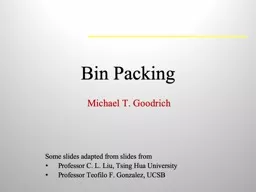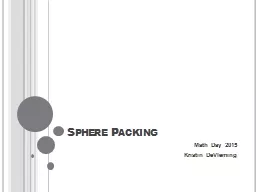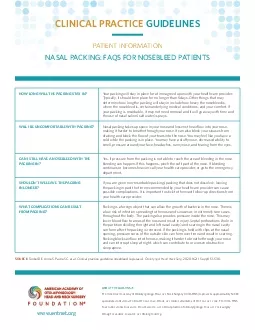PPT-Bin Packing Some slides adapted from slides from
Author : conchita-marotz | Published Date : 2019-11-20
Bin Packing Some slides adapted from slides from Professor C L Liu Tsing Hua University Professor Teofilo F Gonzalez UCSB Michael T Goodrich Bin Packing Example
Presentation Embed Code
Download Presentation
Download Presentation The PPT/PDF document "Bin Packing Some slides adapted from sli..." is the property of its rightful owner. Permission is granted to download and print the materials on this website for personal, non-commercial use only, and to display it on your personal computer provided you do not modify the materials and that you retain all copyright notices contained in the materials. By downloading content from our website, you accept the terms of this agreement.
Bin Packing Some slides adapted from slides from: Transcript
Download Rules Of Document
"Bin Packing Some slides adapted from slides from"The content belongs to its owner. You may download and print it for personal use, without modification, and keep all copyright notices. By downloading, you agree to these terms.
Related Documents














